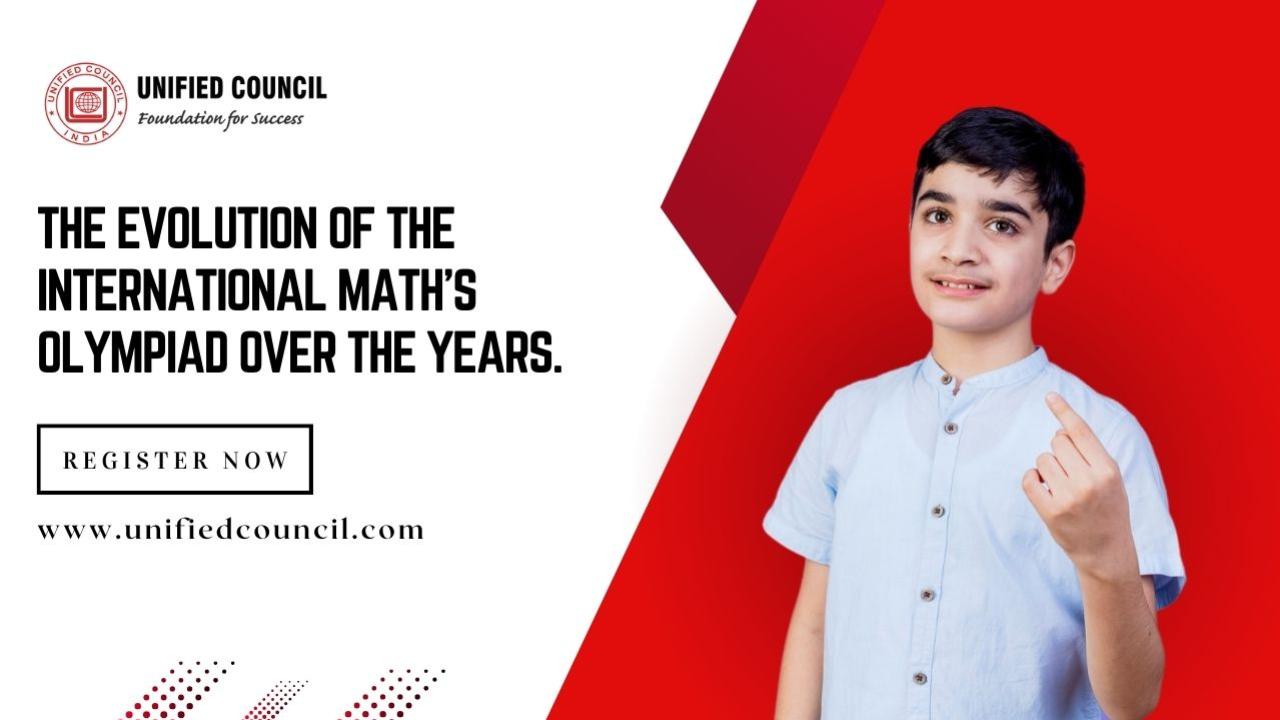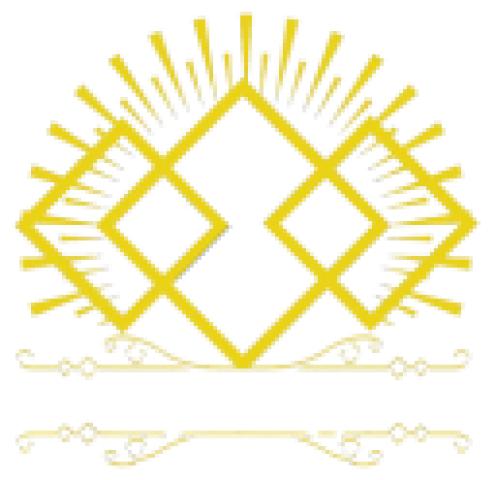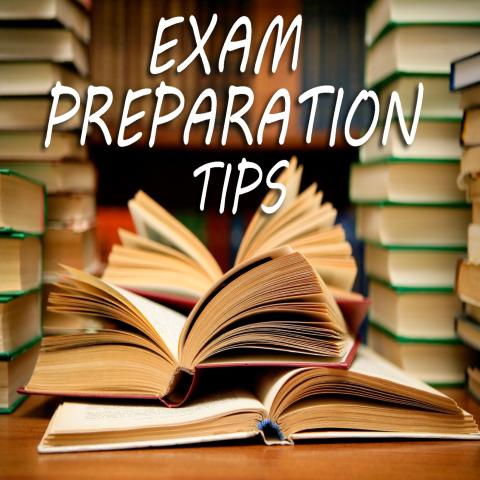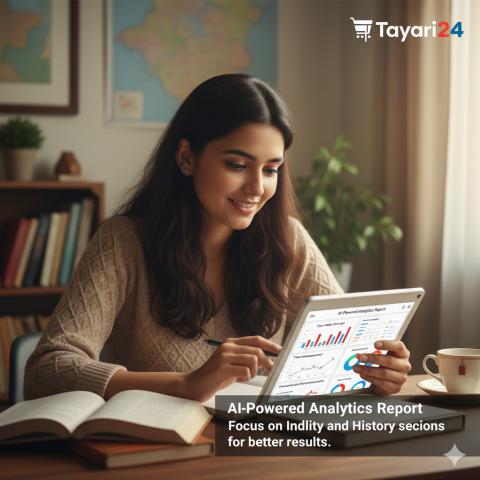Mathematics has always been the very bedrock of intellectual development, putting the human mind to maximum stress. Years after its inception, the IMO has been something of a Holy Grail for young mathematical minds around the world. This event has dramatically transformed with regard to both its reach and the level of challenge it was posed to all participants. Let us browse over the changes that have occurred in the IMO and its influence on students and tips for international mathematics Olympiad aspirants.
The Founding and Early History of the IMO
IMO was first organised in 1959 in Romania and involved participants from seven Eastern European countries. The main goal of the project is to create a global forum where students can demonstrate their skills in mathematics. In the beginning, the competition was taken up by some few nations; however, it gained popularity at such a phenomenal rate that by the 1970s, this event started to extend beyond Europe. Years passed and morphed into a truly global event with participants from over 100 nations.
At a foundation level, Math Olympiad can be defined by its focus on solving complex mathematical problems that test not only theoretical knowledge but also creative problem-solving skills. Creativity and innovation place it above school mathematics, pushing students to the limits of what is known.
The Format of the Competition Throughout Its History
Probably the biggest change in the IMO over time has been the form of the contest. It was much easier at first when problems were simple and more elementary in a mathematical context. Greater participation around the world led to difficulties in problems. These days, contests ask questions from several fields such as algebra, geometry, number theory, and combinatorics.
The competition time, of course, remains at two days. But the techniques towards problems solved have gotten ever more sophisticated. Now the students preparing should keep their minds not simply flooded with textbook knowledge but need to master advanced mathematical concepts and develop critical thinking. For those that want to be part of the Math Olympiad, this is where a quick understanding of these changes with practice at complex problems will become meaningful.
Global Impact and Recognition
The International Mathematics Olympiad has been a hallmark for intellectual achievement. Being a winner, even being part of the IMO, is an immense privilege universities and colleges all over the globe respect and adhere to. Most of the brains were those who have been great winners in the Math Olympiad and went on to careers marked by brilliance in academia, science, and technology.
The countries are also getting the students prepared to meet each other in the competition and are also forming national teams who undergo strict training. In some nations, there are specialized coaching centres and institutions available that give preparation tips for International Mathematics Olympiad participants, making sure they can face the international challenge very well.
Further, the competitions have sparked a series of other Math Olympiads at national and regional levels, which inspire younger students to develop an interest in mathematics early in life. It has led to a greater interest in STEM fields across the world further proving that competitions like this really do shape future innovators.
Tips for Preparation for International Mathematics Olympiad
Since practising students aiming to ace the Olympiad would perform such challenging problems, they should not only have relied on basic mathematical skills but also learn some specific strategies which actually target the areas the Olympiad will cover. Here are some tips for preparation among Olympiad participants:
1. Basic Knowledge Build-Up: The following most basic knowledge of algebra, geometry, combinatorics, and number theory has been found to be useful. A student is barely able to touch problems at the Olympiad level without solid knowledge.
2. Time Management: Time-based competitions are most prevalent. The art of solving very tricky problems in very little time is of real importance. Timed tests improve the possibility of developing great speed and accuracy, too.
3. Join Study Groups or Math Clubs: Group study with other enthusiasts enhances problem-solving skills greatly. Often, the exchange of ideas and problem discussions between students leads to new insights and methods.
4. Seek Expert Coaching: Most of the students require expert coaching. The students themselves can consult teachers or mentors, who have formerly taught this type of student and prepared them for Math Olympiads.
FAQs
Q1. What is the eligibility criteria for the International Mathematics Olympiad?
A: The eligibility is country-based, but typically students at the secondary school level can participate. Each country has its selection process, usually through national or regional Math Olympiads.
Q2. How many rounds does the Math Olympiad consist of?
A: The contest is two-round, held on two consecutive days. There will be three hard mathematical problems in each round and four and a half hours are allocated to solve each set of problems.
Q3. What topics will be covered in IMO?
A: The likely areas that the problems may cover are algebra, geometry, number theory, and combinatorics. However, the advanced level is targeted and there is always a particular emphasis on novel solutions.
Conclusion
The International Math's Olympiad has evolved in multiple dimensions since its origin. From its small beginning in Eastern Europe to this global stage, it inspires mathematicians to stretch the boundaries of their knowledge. Whether you are an aspiring competitor or someone who supports the next generation of mathematicians, gaining insight into the history and importance of this competition will be a necessity. In case the target is to compete, then preparation is important—advanced mathematical concepts, practising previous papers, and seeking guidance of experts.

















